The ponderosa pines are our older sisters. They came onto this land after we did, which means they entered our awareness both old and new. Look at them watching out over the molten glacier of Okanagan Lake among wealthy elderly people who have settled here for the view, as humans do when they age.

Of course, our age is slight compared to theirs, and we are tiny in size as well. Nonetheless, we do share some characteristics: the love of a good view, for one, and vision. We both see all the way to the sun. No, pines don’t have “eyes”, just as we don’t have “chloroplasts” or “needles”, but these structures, more ancient than either humans or pines, are not really that different. A chloroplast within a pine needle focussed individual photons of light onto a tiny animal, a blue-green algae, trapped in the middle of a cage of mirrors that bounce the photon around until it strikes the animal, which eats it. This energy is converted by an electron transfer process (electricity) into sugar, which is a way of storing it over time. An eye focusses photons of light onto rods and cones, which interpret it and deliver it in sorted electrical impulses to nerves, chains of little animals called cells, which deliver its energy as chemical-electrical impulses. In other words, there is scarcely any difference. The use to which this light-sorting is done, or the new electrical systems it is transferred into, differ, but they are both sight. Or, at least, when human bias is removed, they are both photosynthesis. Any differences that follow are species differences, but this deep, deep presence in the sun binds us.

What’s more, when we stand within the arms of the tree, we become the tree looking out. Trees amplify us. I humbly suggest that we do the same for them.
Categories: Gaia, Nature Photography, Spirit

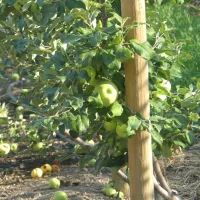


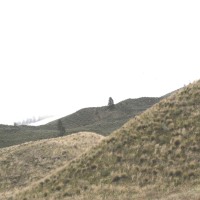

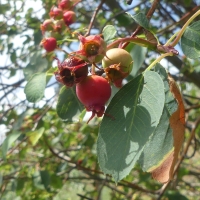
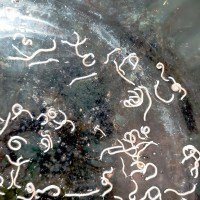
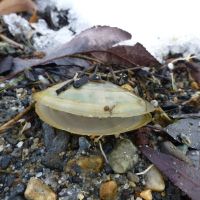


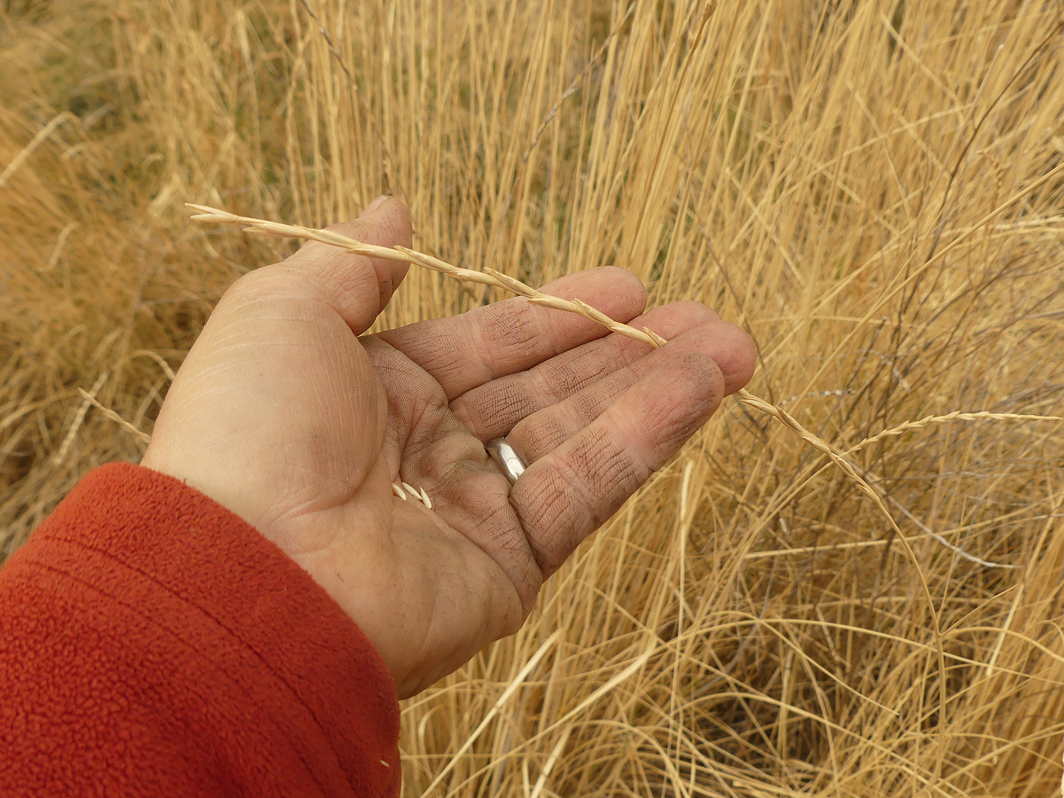


😦 ….. https://bedgeburypinetum.org.uk/the-pinetum/pinetum/tree-lists/grand-fir-the-old-man-of-kent/
LikeLike
A happy story!
>
LikeLiked by 1 person